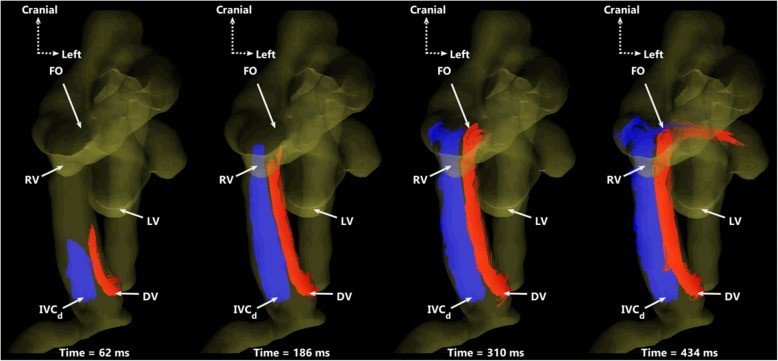

The contraction of the right ventricle is normally slightly less powerful than the contraction of the left ventricle. The right side of the heart receives deoxygenated blood from the body’s circulation into the right atrium and sends this blood to the right ventricle, and then to the lungs to be replenished with oxygen. doctors your own question and get educational, text answers â it’s anonymous and free! HealthTap doctors are based in the U.S., board certified, and available by text or video. doctors your own question and get educational, text answers â it’s anonymous and free! Ask U.S. Be sure to follow your providers treatment plan for the best results.ĭon’t Miss: What Is A Sinus Head Cold What Is A Sinus Rhythm With A Right Bundle Branch Block Ask U.S. But when you have right bundle branch block and youve already had a heart attack or heart failure, you should focus on continuing with treatment for those problems. Right bundle branch block isnt a cause for worry if you dont have symptoms or heart disease.

S-wave duration is greater than R-wave duration, or S-wave duration is greater than 40 ms in V6 and I. The second R-wave is virtually always larger than the first R-wave. Occasionally the S-wave does not reach the baseline. More specifically, the QRS complex displays rsr, rsR or rSR pattern. Leads V1-V2: The QRS complex appears as the letter M.Ecg Criteria For Right Bundle Branch Block Left axis deviation suggests a pronounced left bundle branch block. The electrical axis may be unaltered or deviate to the left or to the right. Simultaneously, V1V3 should display ST segment elevation and large R-waves. In left bundle branch block it is expected that ST segment depressions and T-wave inversions exist in left sided leads. Since left ventricular depolarization is abnormal, the repolarization will also be abnormal and secondary ST-T changes are always present. This causes a wide S-wave in V1V2 and broad and clumsy R-wave in V5V6.
#Left bundaloid ivcd free#
Depolarization continues towards the left ventricular free wall, and the vector is continuosly directed leftward. Thus, the small r-wave in V1V2 and small q-wave in V5V6 is either diminished or disappears. In left bundle branch block, depolarization of septum instead occurs via impulses spreading from the right ventricle. Depolarization of septum yields the small r-waves seen in V1 and V2, and the small q-waves seen in V5 and V6. Thus depolarization of the septum starts in its left aspects and heads towards its right aspect. Ventricular depolarization normally starts in the interventricular septum, which obtains Purkinje fibers from the left bundle branch. EKG/ECG – Intermittent Right Bundle Branch Block – Question 23.0 | The EKG Guy


 0 kommentar(er)
0 kommentar(er)
